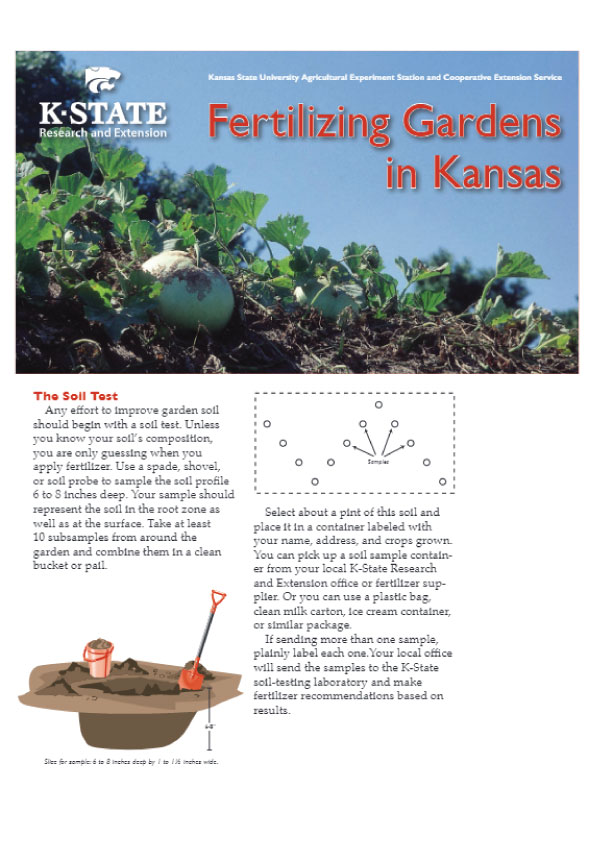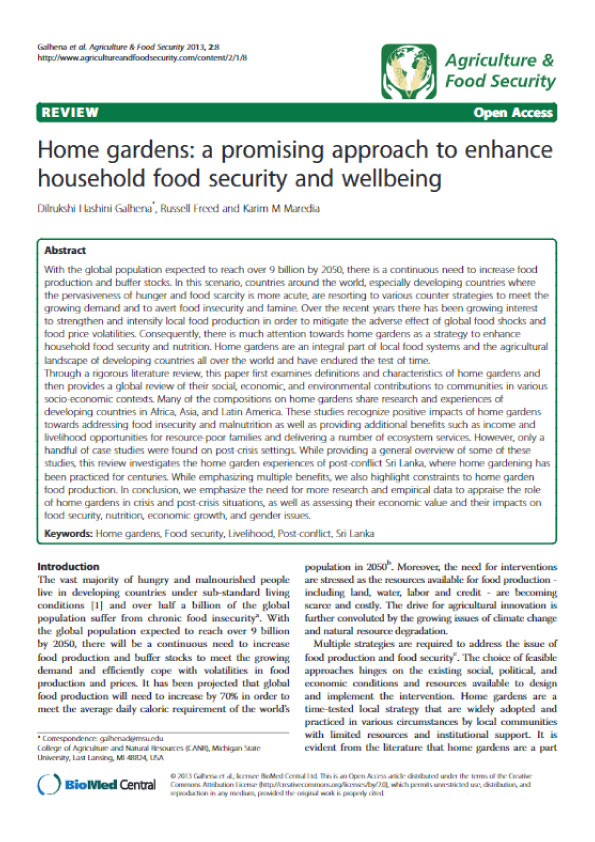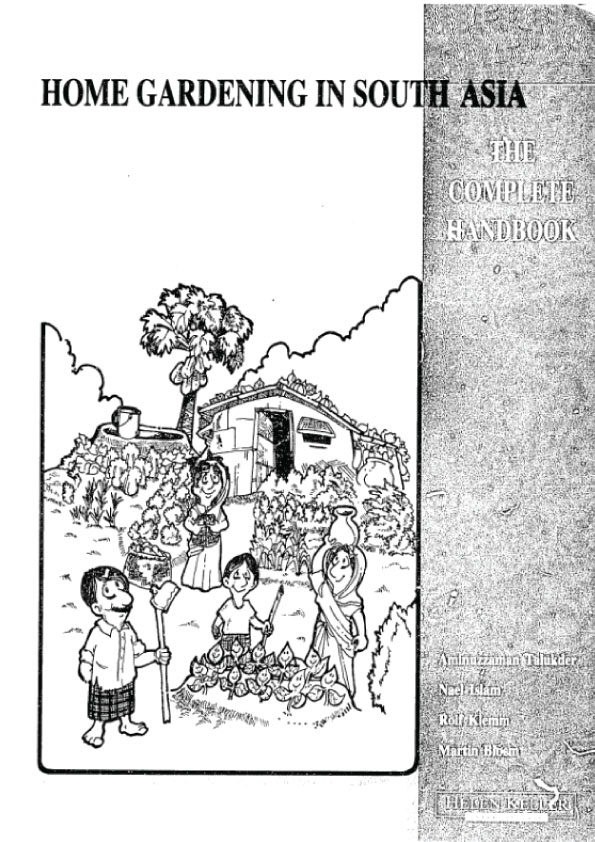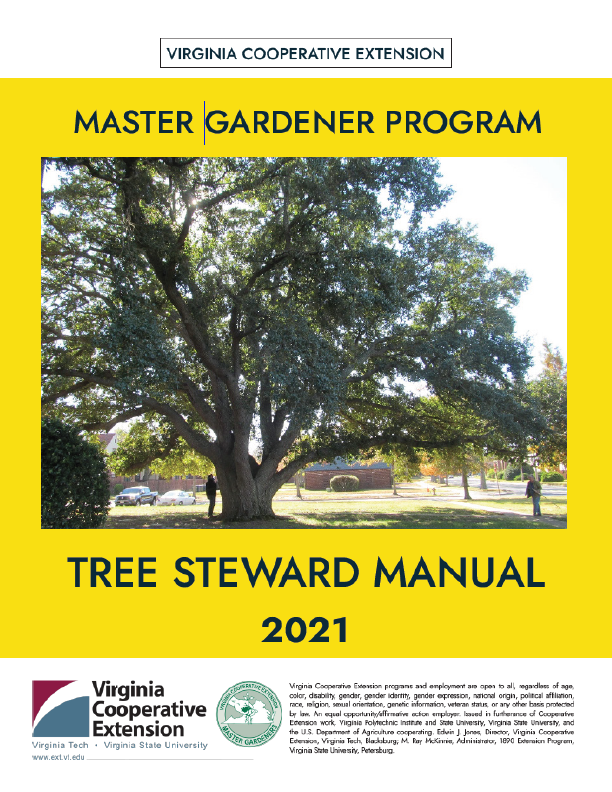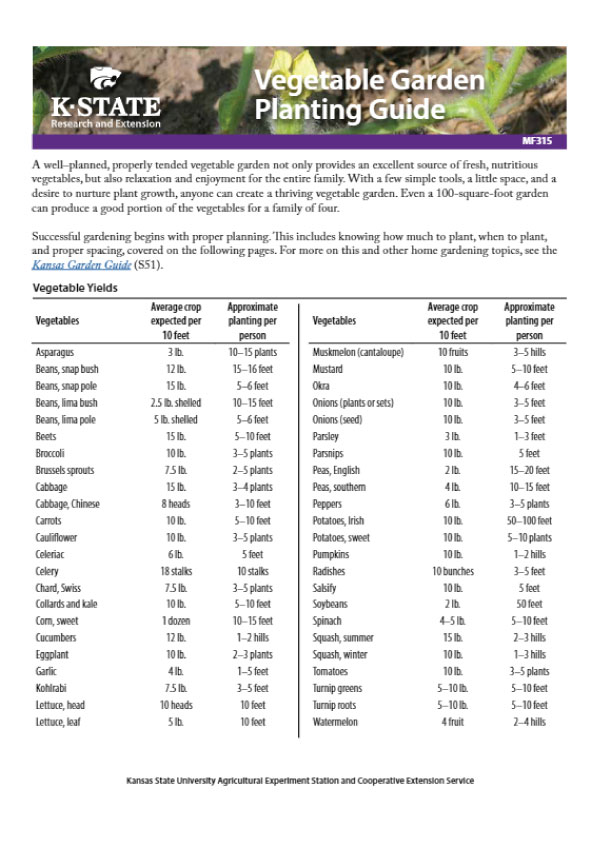The Soil Test
Any effort to improve garden soil should begin with a soil test. Unless you know your soil’s composition, you are only guessing when you apply fertilizer. Use a spade, shovel, or soil probe to sample the soil profile 6 to 8 inches deep. Your sample should represent the soil in the root zone as well as at the surface. Take at least 10 subsamples from around the garden and combine them in a clean bucket or pail.
Select about a pint of this soil and place it in a container labeled with your name, address, and crops grown. You can pick up a soil sample container from your local K-State Research and Extension office or fertilizer supplier. Or you can use a plastic bag, clean milk carton, ice cream container, or similar package. If sending more than one sample, plainly label each one. Your local office will send the samples to the K-State soil-testing laboratory and make fertilizer recommendations based on results.
Fertilizers
All plants require 17 nutrient elements for growth, and 14 of these come from the soil. These nutrients can be supplied with organic materials or commercial fertilizers. It makes no difference whether you use an organic or chemical fertilizer as long as it contains essential nutrients. Organic materials improve the physical condition of the soil but must be used in larger quantities than commercial fertilizers, which are more concentrated. Organic fertilizers must be broken down to release nutrient elements in a form plants can use.
Organic Fertilizers
Incorporating organic materials into the soil serves several useful functions:
- Loosens tight clay soils to provide better drainage.
- Provides for better soil aeration, which is necessary for good root growth.
- Increases the soil’s water-holding capacity, which is particularly helpful on sandy soils.
- Makes soil easier to till and for plant roots to penetrate.
- Supplies nutrients for plant growth.
Cover Crops
Plowing under a cover crop will provide organic residue to give the useful benefits listed above. These crops are generally seeded in the fall and turned under with a plow or heavy garden tiller in the early spring. Seed the cover crop in mid-September. This cover protects the garden from erosion during winter months. Turn the cover crop under when it is 6 to 8 inches tall in the spring, or earlier if preparing for an early spring garden.
Per 1,000 square feet of garden space, use:
- annual ryegrass …………………. 1–2 lbs
- rye …………………………………….. 3–4 lbs
- wheat…………………………………. 3–4 lbs
Composting
Compost consists largely of decaying plant materials. It can be made by piling any type of plant material such as leaves, cornstalks, weeds, straw, sawdust, waste hay, garden trash, or other waste material into a pit, pile, or enclosed bin. The pile should be a minimum of 3 feet in diameter to make good compost. Adding small amounts of commercial fertilizers and garden soil to each bushel of material speeds the decomposition process and increases fertilization value. Keep the pile damp and turn or stir it occasionally. Compost from the summer and fall can be used on the garden the following spring. Apply at the rate of 1 to 2 bushels per 100 square feet, which equals a ¼- to -inch layer spread over the soil surface.
Other Organic Fertilizers
Stable manures — These include both fresh and dried cow or horse manure. Use 1 to 2 bushels per 100 square feet, which equals a ¼- to ½-inch layer spread over the surface of garden soil.
Poultry and sheep manure — These forms of manure are more concentrated and should be used sparingly. The recommended rate is
½ bushel per 100 square feet.
Rotted sawdust, shredded leaves, cornstalks, and other plant residue — These materials should be composted six months to a year before use. Use 3 to 4 bushels per 100 square feet or about a ½-inch layer spread over the soil surface.
Feedlot manure — This concentrated manure should be used sparingly, about ½ bushel per 100 square feet. Excessive use may increase salt content of the soil. All organic fertilizers should be mixed into the soil before planting.
Chemical Fertilizers
The Analysis — Plants require 17 essential nutrients for growth. The nutrients most frequently lacking are nitrogen, phosphorus, and potassium.
N (Nitrogen) — This nutrient element gives plants their dark green color and promotes rapid vegetative growth. Signs of nitrogen deficiency include erect stems, pale or yellow foliage appearing first on older leaves, and leaves that are abnormally small.
P (Phosphorus) — This nutrient promotes early root formation, gives plants a rapid, vigorous start, and hastens blooming and maturity. Plants deficient in this element have shortened stems. Leaves often develop a purplish color.
K (Potassium) — Potassium or potash hastens fruit ripening, remotes disease resistance, and general plant health. Potassium is important for developing plump, full seeds. Graying or browning on the outer edges of older leaves may indicate a deficiency.
Bags of chemical fertilizers specify the amount of nitrogen, phosphate, and potash the product contains, in that order. A 10-10-10 fertilizer, for example, contains 10 percent nitrogen (N), 10 percent phosphate (P2O5), and 10 percent potash (K2O).
To calculate the amount of fertilizer for an area, consider the recommendation for the particular nutrient required and the fertilizer analysis. If the recommendation is 1 pound of N per 1,000 square feet and you have a 10-10-10 fertilizer containing 10 percent N, you would need to add 10 pounds of this material per 1,000 square feet to provide the proper amount of nitrogen.
The ratio — The term ratio may be used in reference to fertilizer analysis. The ratio is the relationship of the contents of N, P and K to each other. A 1-1-1 ratio indicates equal proportions of N, P2O5 and K2O as in a 10-10-10 analysis. A 2-1-1 ratio means there is twice as much N as P2O5 and K2O as in 10-5-5. The ratio does not indicate the content of the elements, but rather their relationship to each other.
Other nutrients — In addition to N, P and K, plants require 14 other elements, 11 of which come from the soil. It usually is not necessary to add these elements because they are often present in sufficient quantities in Kansas soils. On occasion, it may be necessary to add one or more secondary and micronutrients. Iron is one micronutrient element often unavailable in high pH soils in western Kansas.
Pale yellow color that develops in new plant growth may indicate iron deficiency. This can be corrected with a foliar application of iron or by reducing soil pH. Very sandy soils or garden areas where topsoil has been recently removed may need sulfur or zinc.
